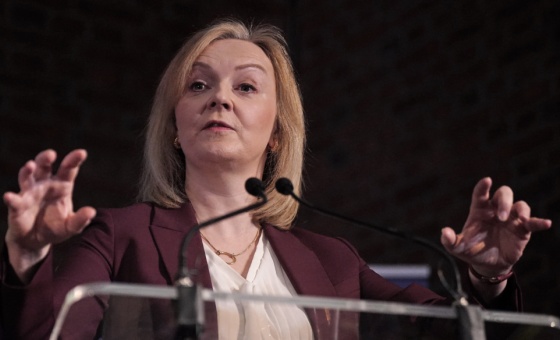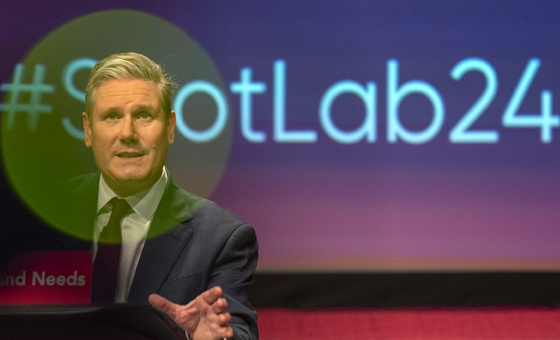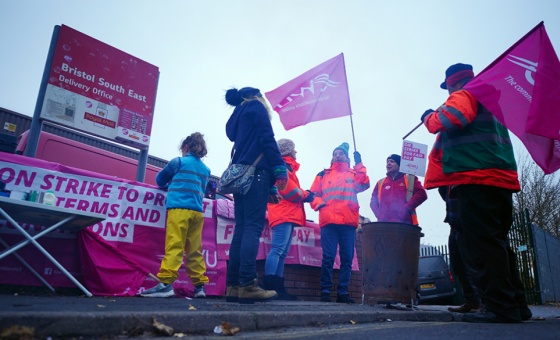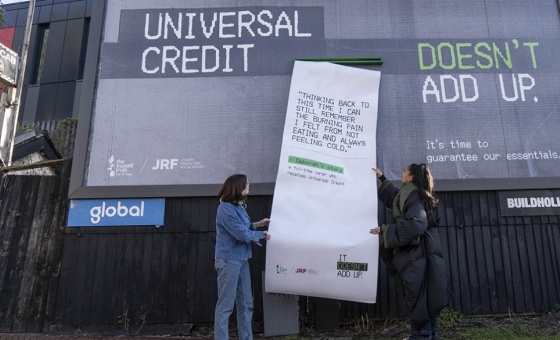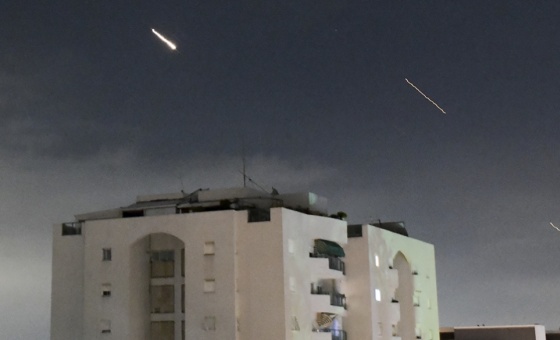This is the last article you can read this month
You can read more article this month
You can read more articles this month
Sorry your limit is up for this month
Reset on:
Please help support the Morning Star by subscribing here
A year or so ago Ann and I spent time in Australia driving down the east coast in a motor-home. Highlight of the trip was watching the many whales from the headlands and beaches.
It was there we heard tales of a pure white humpback whale. It was a hard story to swallow, but the rumours of this great white whale had gone up and down the coast for over 25 years.
Now, it seems, the stories are proved true. Migaloo — his aboriginal name means White Fella — has been spotted and photographed close to Sydney and this has enabled whale scientists to discover a lot more about this amazing animal.
Migaloo is one of the few albino humpbacks in the world. Sadly as an albino he is more susceptible to UV damage in the bright Australian sunshine than darker humpbacks.
Indeed Migaloo watchers are worried about the 28-year-old whale’s health. Healthy humpbacks can live for 50 years but yellow and red patches on Migaloo’s skin suggest he may have skin disease or even cancer.
Humpbacks do bump into each other at play or when jostling for position when mating and it may be this that has caused the whale’s skin damage.
Meanwhile Migaloo is being studied and looked after. Watercraft are not allowed within 500 metres, aircraft no closer than 2,000 feet.
Watching these monarchs of the ocean prompted us to take a look at the history of British and Australian whaling.
We visited the old whaling station ports of Ballina and Byron Bay to learn a little about this huge, if cruel, industry.
The need for food fats in post-war Europe was critical. In the 1950s and 1960s Australia built a huge fleet of ex-wartime wooden Fairmile motor torpedo boats to hunt and kill thousands of whales. The whale oil was almost entirely used for the British margarine trade.
Scottish “Ten pound Pom” Harry Robertson recorded this hard life in song and story and on an amazing website brings this history alive — www.harryrobertson.net
The Australian whaling fleet also ventured into Antarctic waters as competitors to the vast Scottish whaling company Christian Salvesen which built several hugely profitable whaling stations in the southern oceans — the first in the Falklands in 1907 and then another on the island of South Georgia. Their station at Leith Harbour, South Georgia, was named after the company’s home port in Scotland.
It was to South Georgia that Constantino Davidoff — an Argentinian scrap dealer — came in March 1982. He had a £180,000 contract from Christian Salvesen to dismantle the company’s derelict whaling station.
At the end of 1981 Davidoff had sought approval from the British ambassador in Buenos Aires. He had also spoken to the Falkland Island authorities.
Margaret Thatcher in London thought this might make a great excuse to flex her muscles in the South Atlantic. She declared the scrap metal workers were the advance party of an Argentinian invasion of South Georgia and told the press that the scrap-men had planted the Argentinian flag and were singing the Argentinian national anthem.
Thatcher despatched marines from the Falkland Islands and 39 scrap metal workers were detained. Argentina sent its troops to rescue them and landed in the Falkland Islands.
Two previously friendly countries were at war over a scrap of unwanted land 8,000 miles from London and 900 people would die before Argentina surrendered on June 14 1982.
Thatcher and the Tories would storm home in the 1983 general election and that, of course, was the whole point of the exercise.
In an ultimate irony, British forces contracted Argentinian scrap dealers to clear away the post-war debris of the many Falkland battles.


